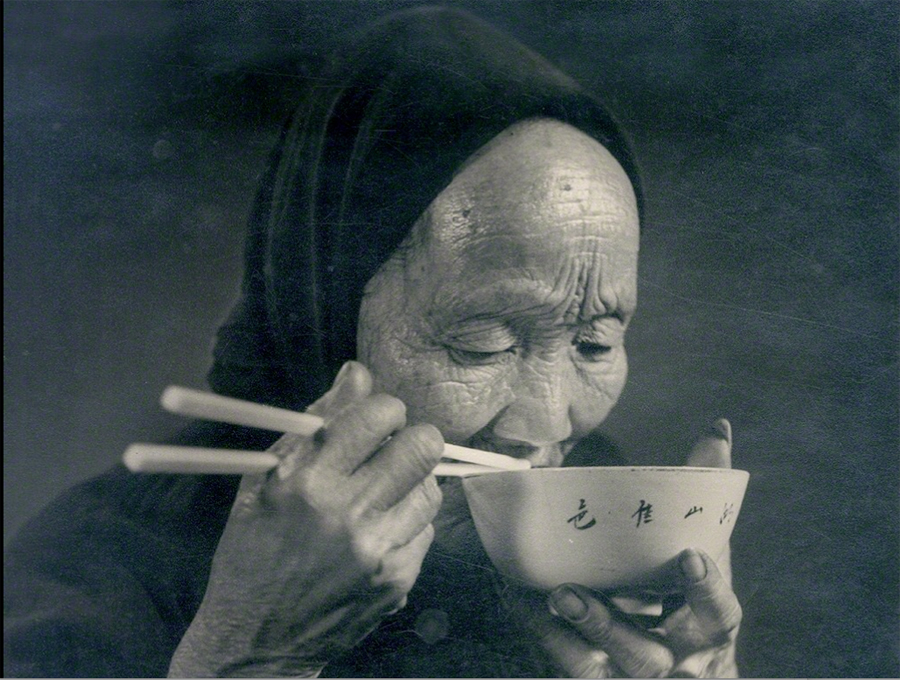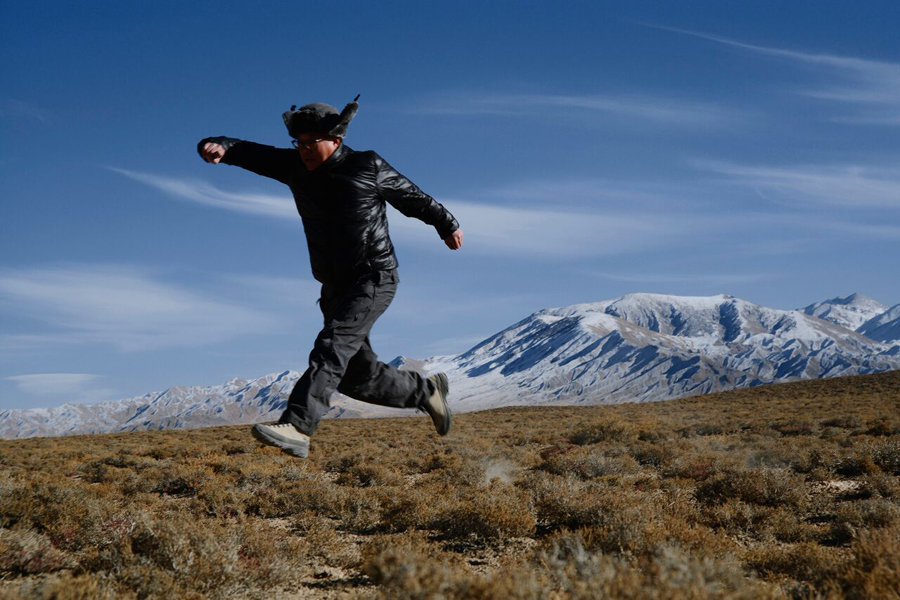Critic’s Guide: Beijing
Ahead of the inaugural Beijing Gallery Weekend, contributing editor Carol Yinghua Lu selects the best new shows in the city
Ahead of the inaugural Beijing Gallery Weekend, contributing editor Carol Yinghua Lu selects the best new shows in the city


‘Portrait Hot: Taikang Photography Collection’
Taikang Space
16 March – 13 May
Co-curated by Tang Xin, Li Jia and Su Wenxiang, this exhibition draws from the photo archive of the Taikang art collection (owned by Taikang Insurance Company, which funds the eponymous Space). The show presents an arresting visual history of the last century of Chinese history as seen through portraits of its people. (All the pictures are taken by Chinese photographers apart from early works by three unknown photographers.) In this lavish offering here you will see theatre figures, politicians from the Nationalist period, women sporting various hairdos and costumes, politicians after the founding of new China in 1949, pictures from the Cultural Revolution and portraits from a Kunming photography competition in the 1980s (and a young Chaiman Mao).

Wu Chen, ‘Bad Man Can also End up in Heaven’
Magician Space
17 March – 23 April
Curated by Liu Ye, a painter older than Wu Chen but an admirer of his work, this solo exhibition presents the young artist’s efforts from the last two years. His paintings tamper, appropriate and mix works and artistisc styles culled from art history and seek to reflect on the notion that the language of an painter can read increasingly like code comprehensible only to an inner circle. This extends to his use of titles which further the, often humour of each work. The 2016 work Figurative Portrait of Abstract Artist for instance, depicts Sean Scully working on a painting while wearing a dressing gown. In Wu’s rendition, Scully looks both like a king and a prisoner. The painting is both satirical and ironic, from its title down to its depiction.

‘The Myth of Documenta – Arnold Bode and His Heirs’
CAFA Art Museum
1 – 31 March
This compelling, pedagogical exhibition celebrates the 45th anniversary of the establishment of diplomatic relations between China and Germany. It’s the story of Documenta as told through more than 200 pieces of documentary materials a combination of images, texts and installations. With an increasing number of Chinese visitors attending Documenta, this exhibition helps uncover the structural conditions, important figures and history of this internationalist project embedded in its particular local political and historical contexts. As an institution and a mechanism, Documenta raises a series of pertinent issues, not least the impact of globalization and the innovative and social functions of art.

Sui Jianguo, ‘Trace’
Pace Beijing
9 March – 1 April
Building on his solo exhibition in 2008, in which Sui Jianguo first explored the idea of ‘blind portraits’ (blindfolding himself while working a piece of clay then showing this process in the final sculpture), his latest show at Pace Gallery is a culmination of his initial experimentation. Sui’s suspending of the mind and prioritizing of the hand goes further in this show, as the artist used high-definition 3D scanning and printing technology to capture and restore the contours of his hands and fingers on the surface of his sculptures.

Qiu Anxiong, ‘New Classic of Mountains and Seas’
Boers-Li Gallery
11 March – 16 April
This exhibition presents the final episode of ‘New Classics of Mountains and Seas’, an animation trilogy by Shanghai-based artist Qiu Anxiong which he started in 2004. Inspired by the classical Chinese text Shan Hai Jing (Classics of Mountains and Seas), a collection of stories of magic and myths, Qiu’s ‘New Classic of Mountains and Seas’ has focused its narrative on key sociological and political events such as environmental destruction and the depletion of natural resources while maintaining a classical Chinese aesthetic. The latest episode presents the challenges of an increasingly digitally-networked information society by projecting our reality into the future: in a wasteland-like city surrounded by virtual hologram images, people’s virtual lives becoming increasingly confused and entangled with their real ones.

Zhuang Hui, ‘Qilian Range’
Galleria Continua
18 March – 30 April
Since 2011, Zhuang Hui has been producing works that respond to his frequent visits to the Qilian Mountains, which straddle the Gansu and Qinghai provinces and contain a variety of different landscapes. While remote and hard to access, these mountains are familiar to Zhuang, as they provided the backdrop to a childhood spent in the town of Yumen, in Gansu province in west China
The central works are two videos that find Zhuang in the wildness of the range, his back to the camera, painting in the air. In the first, shot in summer, he paints the scene – a vast lake and the sky in front of him – onto the scene itself. In the second, shot in winter, he sprays colour into the air. The two works are captivating, with the artist aspiring to capture nature in the full knowledge that his attempts would be in vain. His engagement with nature can never be truly realized, only ever imagined.

Tai Xiangzhou, ‘Speculative Cosmologies’
Ink Studio
18 March – 7 May
Tai Xiangzhou has studied under the ink wash painter Liu Dan since 2000, and has also completed a dissertation on the representations of the Chinese landscape in classical cosmology, and accordingly, his work has become influenced by both areas of study. Classical painterly techniques are drawn together with systems of cosmology to create ‘Speculative Cosmologies’, a presentation of ink wash paintings and found iron meteorites that engage with both contemporary knowledge and new imaginings of the world.
To view more exhibitions currently running in Beijing, visit On View
For the full list of galleries participating in Beijing Gallery Weekend, click here
Main image: Han Lei, A young woman sitting at a hair salon (detail), 2006, colour photograph, 120 × 96 cm. Courtesy: Taikang Space, Beijing





















